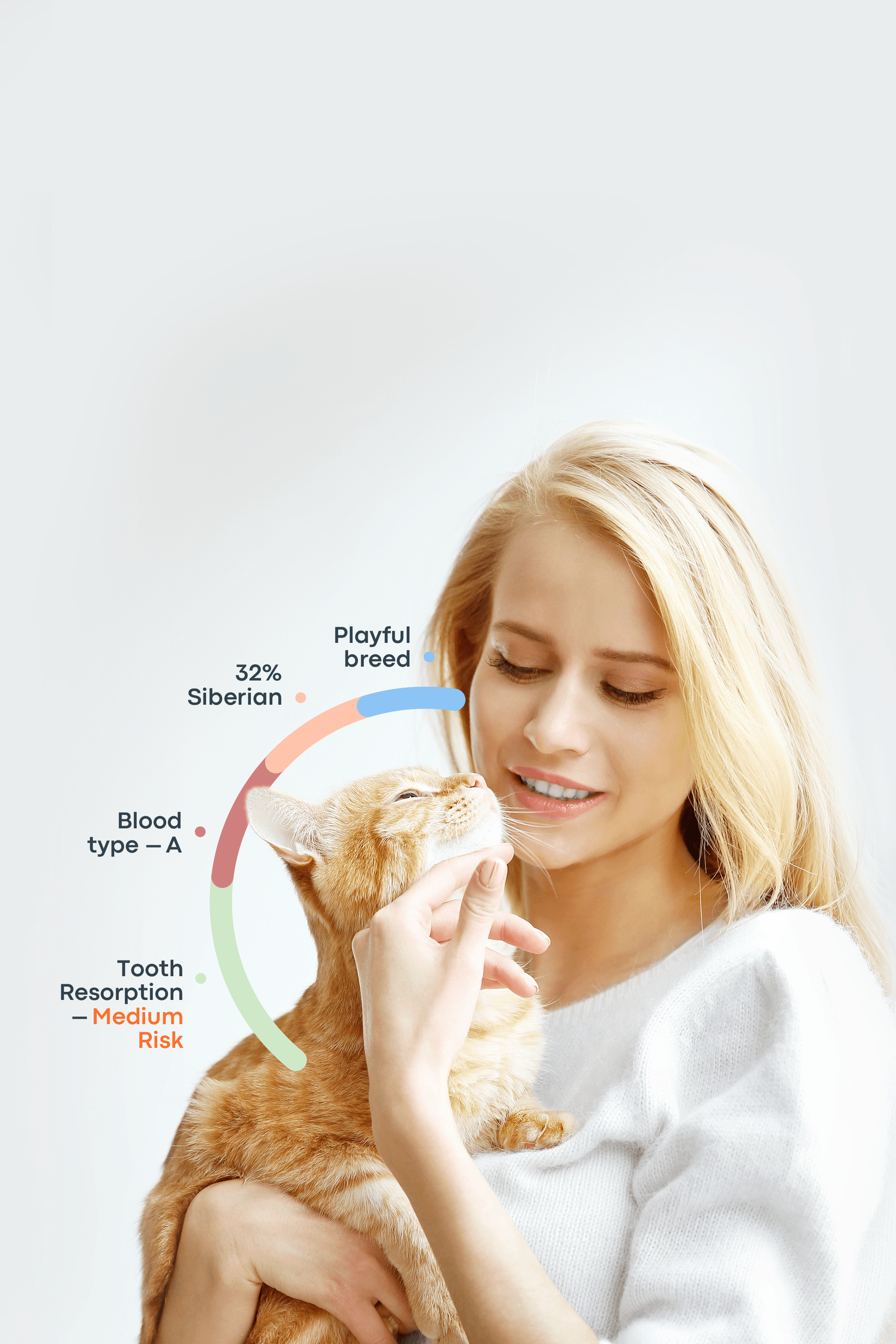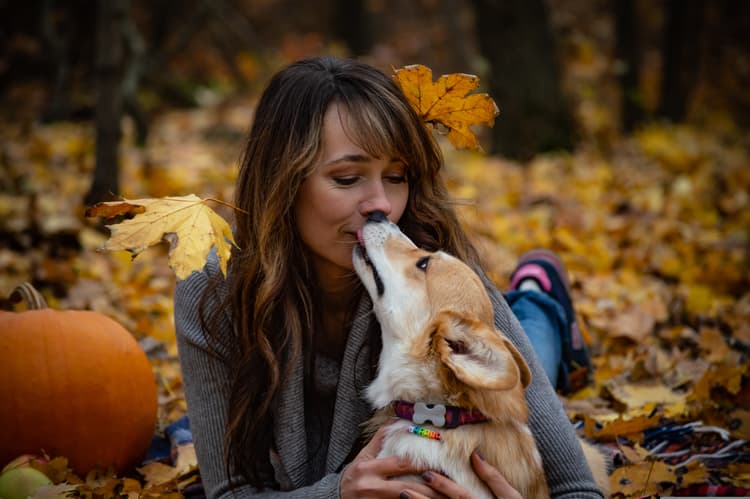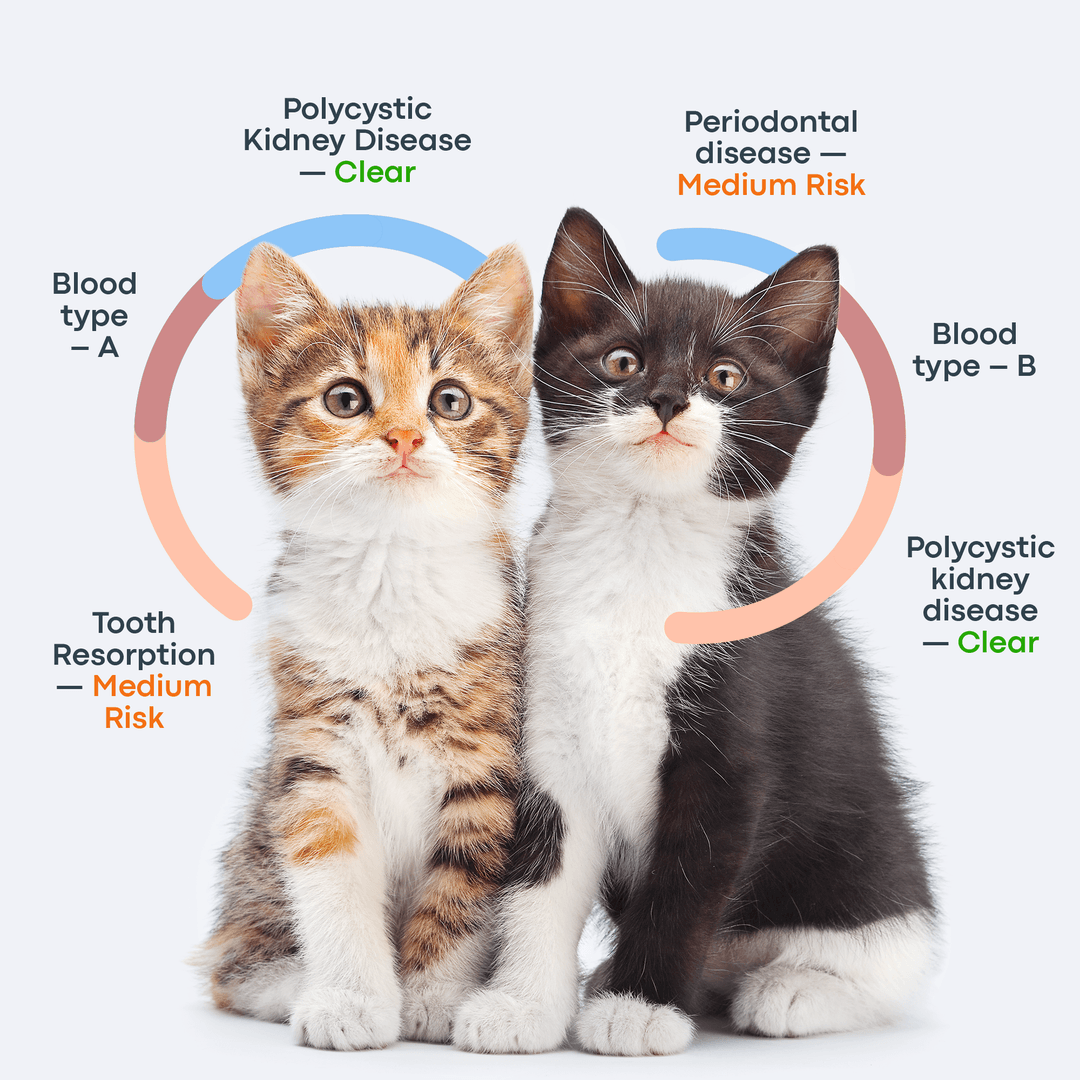The way your dog holds and moves their tail carries more meaning than many people realize. While it’s common to assume that a dog wagging tail always signals happiness, that’s only part of the story. A dog’s tail is an important tool for communication, expressing everything from excitement and friendliness to stress or uncertainty. By learning to interpret these subtle signals, you can gain a deeper understanding of your dog’s emotions and strengthen the bond you share.
Why Do Dogs Wag Their Tails?
Many people assume that a wagging tail always means a happy dog, but that’s only part of the story. Tail movements are just one of several non-verbal signals dogs use to communicate. When combined with body posture, ear position, and facial expression, they provide valuable clues about your dog’s emotional state.
Why do dogs wag their tails? Researchers, including Dr. Stanley Coren, have shown that dogs are highly attuned to movement, using both subtle and obvious gestures to communicate with each other, other animals, and humans. Animal behaviorist Dr. Nicholas Dodman once compared a wagging tail to waving a flag — a visible signal of intention. Depending on the speed, height, and direction of the wag, it can convey friendliness, excitement, uncertainty, or even a warning.
“A wagging tail is akin to waving a white flag of surrender — that is, ‘I’m happy to see you and present no threat’.”
Dr Nicholas Dodman for Scientific American
Interestingly, domestic dogs wag their tails far more than their wolf ancestors. Experts suggest this may be linked to the process of domestication, where dogs evolved to rely more heavily on visible cues to communicate with humans and fit into social groups.
How Do Dogs Wag Their Tails?
The movement of a dog’s tail is controlled by muscles at the base of the spine, allowing for a wide range of motion in both speed and direction. Each breed has its own natural or “neutral” tail position. For example, breeds like Akitas, Samoyeds, and Pugs typically carry their tails upright or curled, while Golden Retrievers and Labradors tend to hold theirs lower and more relaxed.
Some dogs have little or no tail, either due to docking or because they belong to naturally bobtailed breeds such as the Pembroke Welsh Corgi or the Australian Stumpy Tail Cattle Dog. These dogs rely more heavily on other forms of body language, including ear movements, facial expressions, posture, and vocalizations, to get their message across.
A puppy wagging tail is adorable, as they usually begin wagging their tails at around three to four weeks of age—not months—when they start interacting with their littermates and mother. At first, these wags may seem uncoordinated, but over time, puppies learn to control their tail movements as part of their growing social skills. By contrast, wolf pups typically develop tail-wagging behaviors later, and mainly in contexts of submission or greeting. Domestic dogs, on the other hand, use their tails much more broadly, signaling everything from playfulness and curiosity to anxiety or caution. This difference highlights how domestication has shaped dogs into highly expressive communicators.
Dog Tail Wagging Meaning: Decoding Positions and Speeds
People often wonder, “What does it mean when a dog wags its tail?” Tail movement is more than just a reflex—it’s a key form of communication. By paying attention to the position, speed, and looseness of the wag, you can gain valuable insight into your dog’s emotions and intentions. Learning to read these signals allows you to better understand what your dog is feeling and how they want to interact with the world around them.
Do Dogs Wag Their Tails When Happy?
Yes—happy wags are typically broad, sweeping movements from side to side, loose and relaxed in nature. Some dogs express their joy with circular motions, often called the “helicopter tail.” In moments of high excitement, a dog may wag not just their tail but their entire body, with wiggles and hip movements that sync with the wag. These joyful gestures usually signal friendliness, eagerness to play, and a strong desire for positive interaction with humans, other dogs, or even new acquaintances.
Do Dogs Wag Their Tails When Angry?
They can. An angry or agitated dog may hold their tail high and rigid. If it moves, the wag is often short, fast, and tense—very different from the fluid sweep of a happy wag. This is typically paired with other signs of aggression or warning, such as growling, a stiff body posture, pinned-back ears, or bared teeth. In this context, the tail movement signals agitation, a request for space, and potentially a warning that the dog may escalate if the threat doesn’t back off.
Curious & Alert
When a dog is curious or investigating something new, their tail may be held still or move with small, cautious wags. This is often accompanied by perked ears, a tilted head, and a forward-leaning stance. Such body language shows interest and concentration as the dog processes a new scent, sound, or object. In these moments, your dog is essentially “scanning” their environment, trying to decide whether the situation is safe, exciting, or concerning.
Relaxed & Content
A dog that feels calm and comfortable often holds their tail in a neutral, natural position. The tail may rest still or sway with a gentle, slow wag. This posture is usually accompanied by a loose body, soft facial expression, and easy breathing. It signals that your dog feels safe, at ease, and sees no immediate reason for excitement or concern.
Submissive or Fearful
When a dog is anxious or frightened, their tail may drop low or tuck tightly between their legs. Any wagging that occurs is often quick, shallow, and limited to the tip of the tail. These movements are commonly paired with crouching, avoiding eye contact, flattened ears, or rolling onto the back. This body language is a clear sign of stress and appeasement—your dog is essentially saying, “I don’t want trouble; please don’t hurt me.” Recognizing these signs early helps you comfort your dog and remove them from situations that may be overwhelming.
Avoidant or Withdrawn
Just like people, dogs sometimes need space. When they’re feeling uninterested or want to be left alone, they may stop wagging altogether and turn their body or head away. This can be paired with sniffing the ground, licking their lips, or walking off. It’s a polite but clear message: “I don’t want to interact right now.” Respecting this request by giving them a break helps maintain trust and ensures they don’t escalate to stronger avoidance or defensive behaviors.
How Do Dogs Without Tails Communicate?
Some breeds, such as Australian Shepherds, French Bulldogs, and naturally bobtailed breeds, don’t rely on tail wagging as their primary form of communication. Instead, they use other body language cues—often more exaggerated—to express their emotions and intentions.
Ears: Ear position can signal a lot about a dog’s mood. Perked-up ears often mean curiosity or alertness, while flattened ears may indicate fear, submission, or stress. Relaxed ears suggest contentment. On their own, ear movements don’t tell the full story, but when paired with other signals, they provide important context.
Eyes: Soft eyes with gentle blinks show relaxation and trust. A fixed stare can signal a challenge, threat, or demand for attention, while looking away often indicates submission or an attempt to avoid conflict. A warning sign to know is the “whale eye,” when the whites of the eyes (sclera) are visible—this often signals anxiety, unease, or defensive stress.
Posture: Dogs communicate a lot through the way they carry their bodies. A play bow (front legs stretched out, rear up) signals friendliness and an invitation to play. A stiff, rigid posture may indicate stress, discomfort, or potential aggression. Rolling over (outside of training sessions) usually expresses submission or appeasement toward another animal or person.
Mouth and Facial Cues: A dog’s mouth offers clear emotional cues. Lip licking, yawning, or excessive panting (when not overheated or exercising) can show stress. Snarling, curling lips, or baring teeth are direct warnings to back off. Relaxed mouths, sometimes with the tongue hanging loosely, usually indicate calmness and comfort.
Vocalizations: Barking, whining, growling, and howling are all ways dogs “talk.” While excessive barking can be frustrating—especially in apartments—it comes from a natural drive to communicate. Understanding the tone, pitch, and situation behind these sounds can help you better interpret what your dog is trying to say.
Because they lack a tail as a visual signal, these dogs often rely on more exaggerated movements with their ears, eyes, face, and posture. This makes it especially important for guardians to pay close attention to subtle cues. Using resources like the PDSA’s Ladder of Communication can help new pet owners learn to recognize and respond appropriately to their dog’s signals.
What Does It Mean When a Dog Wags the Tail Side to Side?
We’ve already seen that the style of the wag—broad and sweeping versus stiff and minimal—can reveal whether a dog is feeling happy, relaxed, or agitated. But science shows that even the direction of the wag carries meaning. Researchers in Italy discovered that dogs wag more to the right when experiencing positive emotions, and more to the left when processing negative or stressful ones. This subtle asymmetry comes from how the brain’s hemispheres control body movement: the left hemisphere (linked with positive emotions) influences right-sided movement, while the right hemisphere (linked with fear or withdrawal) influences left-sided movement.
Here’s a simple breakdown of what different wag directions may suggest:
Wag Direction | Emotional State | Typical Behaviors Observed | Likely Interaction Outcome |
Right-Sided Wag | Positive emotions (relaxed, friendly, social) | Loose body posture, play bows, approaching behavior, wagging with wiggles | Dog is open to engagement and likely welcomes social interaction |
Left-Sided Wag | Negative emotions (stress, anxiety, alertness) | Stiff posture, leaning away, pulling back, cautious or defensive behavior | Dog may prefer space; pushing interaction could cause stress or escalation |
Do Dogs Wag Their Tails When You Talk to Them?
Dogs are highly attuned to human communication. They can pick up on your tone, pitch, and emotional cues, and often respond with tail movements. A wag in this context may indicate recognition, excitement, or anticipation. It can also be a learned association with positive outcomes—like playtime, treats, or walks. Some dogs may even show full-body wags, incorporating wiggles and hip movements, when interacting with their favorite humans.
Dog Tail Wagging While Lying Down
Even when your dog is lying down, tail movements can communicate important information. Gentle, relaxed wags often signal contentment and comfort. However, if the tail is tucked while lying down, it may indicate fear, submission, or uncertainty. Observing the surrounding context—your dog’s posture, facial expressions, and whether they are seeking interaction or trying to withdraw—can help you interpret these subtle cues accurately.
Conclusion: Listening to the Whole Dog
So, why do dogs wag their tails? Tail wagging is just one form of communication—a single “word” in a much larger “language” that dogs use to express themselves. True understanding comes from combining tail signals with other cues, including posture, ear position, eyes, facial expressions, and vocalizations. By paying attention to the full spectrum of signals, you can move from recognizing isolated “words” to understanding the complete “sentences” your dog is expressing, building a deeper connection and stronger bond in the process.
Frequently Asked Questions
What does it mean when a dog wags his tail all the time?
A dog that wags their tail constantly is usually in a heightened emotional state, which could be positive (excitement, happiness) or negative (anxiety, agitation). To understand what your dog is feeling, observe their overall body language—ears, eyes, posture, and vocalizations—as well as the context of their environment. Tail wagging alone doesn’t tell the full story.
Is tail wagging in dogs a voluntary movement?
Tail movement can be both voluntary and involuntary. Active wags are often a conscious form of communication learned over time, whereas involuntary wags may occur instinctively in response to strong emotions, excitement, or stress.
What causes dogs to wag their tails at some people and not others?
Dogs respond differently to individuals based on a combination of emotions, socialization, and past experiences. They may feel more comfortable, excited, or trusting around certain people, while being cautious, anxious, or indifferent toward others.
Reference List
https://www.psychologytoday.com/gb/contributors/stanley-coren-phd-dsc-frsc
https://vet.tufts.edu/people/staff/nicholas-h-dodman
https://www.pdsa.org.uk/pet-help-and-advice/looking-after-your-pet/puppies-dogs/canine-ladder-of-communication




